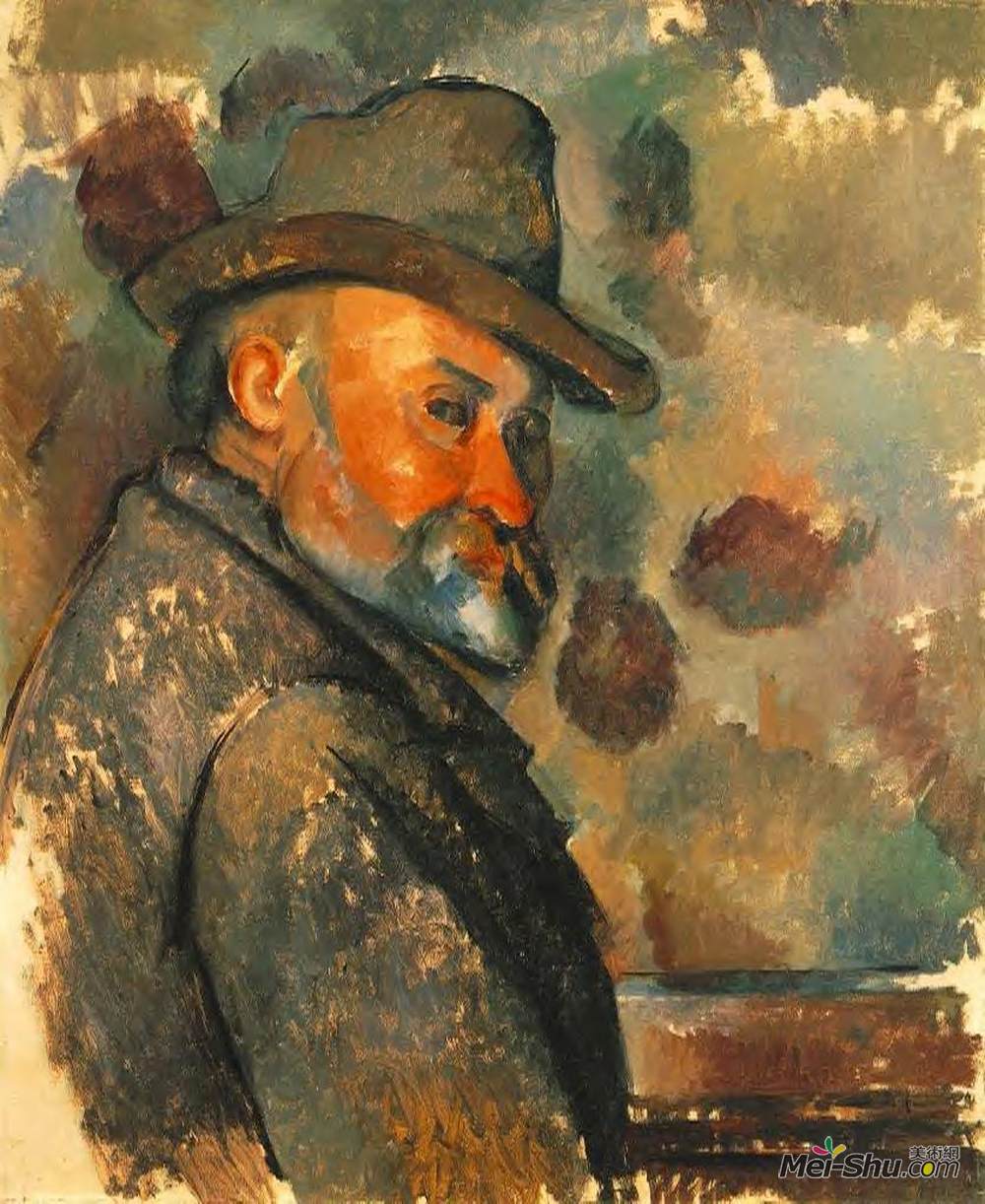
保罗·塞尚(Paul Cezanne)
艺术家: 保罗·塞尚
生于: 1839年1月19日;普罗旺斯,法国
卒于: 1906年10月22日;普罗旺斯,法国
国籍: 法国
流派: 后印象派
领域: 绘画
受影响: 古斯塔夫·库尔贝,埃尔·格列柯,Charles-Francois Daubigny,尼古拉斯·普桑,皮耶尔·奥古斯特·雷诺阿
影响: 巴勃罗·毕加索,阿米地奥·莫迪里阿尼,杰克逊·波洛克,费尔南德·莱热,Chaim Soutine,皮特·蒙德里安,弗朗西斯·培根,Man Ray,Vilhelm Lundstrom,保罗·高更,威斯利·康定斯基,Roman Selsky,Adalbert Erdeli,Michel Kikoine,莫兰迪,Józef Pankiewicz,Robert Falk,Harry Phelan Gibb
朋友: 保罗·高更
保罗·塞尚是后印象派画家,在印象主义和立体主义之间架起了一座桥梁,据说是马蒂斯和毕加索的艺术之父。尽管他很小的时候就被父亲劝阻去追求他的绘画激情,但是1861年他离开了家乡普罗旺斯去了巴黎。在那里,他遇见了Camille Pisarro,一个受欢迎的印象派画家,他是他的导师和向导。他开始以印象主义的风格绘画,但后来开始结构顺序,他所看到的和绘画成简单的形式和色彩的平面。他也开始简化他画成的形状,比如一棵树变成一个柱子。与他那个时代的许多画家不同,塞尚专注于一种或者两种主题风格,他专注于静物画、肖像、风景画和裸体研究。他在巴黎慢慢地开始了,因为1864到1869年间他对巴黎沙龙的所有投稿都被拒绝了。1882,他终于成功地进入了巴黎沙龙,这也是他的最后一次。1895年,他举办了一次展览,展出了他所有的作品,标志着他作为一名艺术家的成就,但是同年,他搬回了他的故乡普罗旺斯,在那里他继续孤立地工作。塞尚在早期被描绘成一个粗鲁、害羞、愤怒的人,一阵阵忧郁,后来他退回到画坛,长期隐居,独自画画。虽然他的画没有受到公众的欢迎,公众认为他的反应是欢笑、愤慨和讽刺,并且嘲笑他的艺术,但是年轻的艺术家仍然高度尊重他,并且经常追求他。塞尚的遗产是,他发展了断裂形式的实践,这最直接地影响了立体主义的发展,后来奠定了现代艺术的基础。
Artist :Paul Cezanne
Additional Name :Paul Cézanne
Born : Aix-en-Provence, France
Died : Aix-en-Provence, France
Nationality :French
Art Movement :Post-Impressionism
Influenced by :gustave-courbet,el-greco,charles-francois-daubigny,nicolas-poussin,pierre-auguste-renoir
Influenced on :pablo-picasso,amedeo-modigliani,jackson-pollock,fernand-leger,chaim-soutine,piet-mondrian,francis-bacon,man-ray,vilhelm-lundstrom,paul-gauguin,wassily-kandinsky,roman-selsky,adalbert-erdeli,michel-kikoine,giorgio-morandi,jozef-pankiewicz,robert-falk,harry-phelan-gibb
Friends and Co-workers :paul-gauguin
Paul Cezanne was a post-impressionist painter who created the bridge between impressionism and cubism, and is said to be the artistic father of both Matisse and Picasso. Although he was dissuaded by his father at an early age to pursue his passions in painting, he left his hometown of Provence for Paris, in 1861. It was there that he met Camille Pisarro, a popular impressionist painter, who served as his mentor and guide. He began painting in the impressionistic style, but later began to structurally order what he saw and painted into simple forms and planes of color. He also began to simplify the forms he painted into shapes, such as a tree into a column. Unlike many of the painters of his day, who focused on one or maybe two subject styles, Cezanne concentrated on still lifes, portraits, landscapes, and nude studies.
He began slowly in Paris, as all of his submissions to the Paris Salon between the years of 1864 and 1869 went rejected. He finally successfully entered a submission into the Paris Salon in 1882, which was also his last. In 1895, there was an exhibition held of all of his own works, signifying his growing success as an artist, but that same year he moved back to his hometown of Provence, where he continued to work in isolation.
Cezanne was early depicted as a rude, shy, angry man, given to bouts of depression, and later in his life he withdrew into his paintings, spending long periods of time a recluse, painting in solitude. Although his paintings were not well-received by the public, who supposedly reacted with hilarity, outrage and sarcasm, and laughed at his art, young artists held him in high esteem, and often sought after him. Cezanne’s legacy is that he developed the practice of fracturing forms, which most immediately influenced the development of cubism, and later the foundation of modern art.